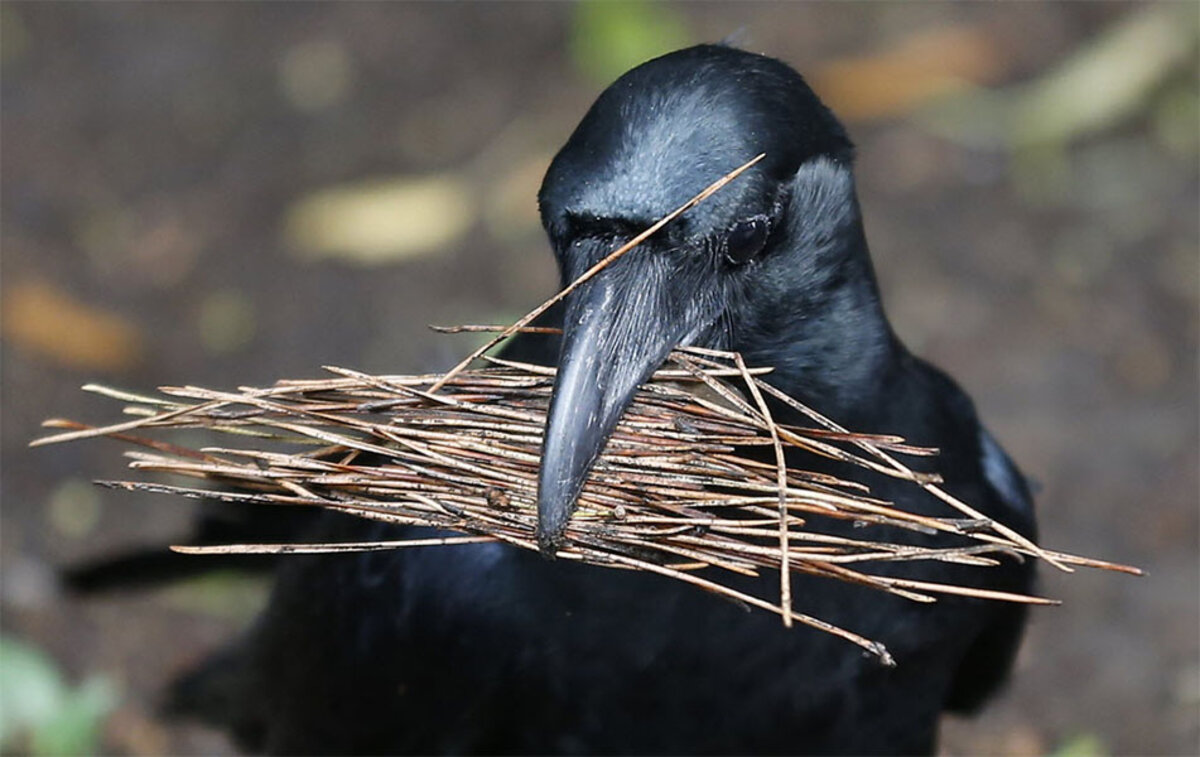We set off to find the elusive pilcrow
Loading...
Last week we considered whether the incredible shrinking paragraph is in danger of breaking up altogether into one stand-alone sentence after another.
Now let’s look at the mark that indicates these breaks: ¶. There it is, a backward capital “P” (apparently), with its double-reinforced upright, standing ready to keep words from oozing from one block of text into the next. It is visible in certain old texts, notably Bibles and legal documents. (On a Mac, you can produce this character with Option + 7. Thank you, Steve Jobs.) But it labors on invisibly, too, in today’s world of electronic publishing. I always keep my “invisibles” turned on, and as I write, I’m pushing a light blue pilcrow across the screen with every keystroke. A what, you ask?
You can call it a paragraph mark, or even just a paragraph. But you can save a syllable or two and maybe have a little more fun if you call it a pilcrow – even if the Oxford English Dictionary dismisses that term as “Now chiefly hist.”
It sounds like some kind of bird, doesn’t it? One can imagine a band of intrepid English birders in their tweeds and sensible walking shoes, with field glasses in hand, tromping over the moors in the mist, looking and listening for a creature known mainly by its odd cry, which seems to sound like “Indent, indent!!”
Well, maybe not.
came into English from Greek words meaning “writing beside.” That “graph” particle is familiar from many English words derived from Greek, such as photography, literally “writing with light.” Para means “beside” – paralegals work beside lawyers, for instance.
Paragraph came into English first to mean a specific mark made in the margin of a page to call for a new section of a text, and later to mean the section itself.
The mark does not necessarily derive from the letter “p,” however. Some sources trace it to a “c,” for capitulum, Latin for “little heading,” or “subhead,” to use today’s term. A couple of years ago, ran a piece on the pilcrow that was illustrated with an image of a Latin grammar text, circa 1500. The paragraph marks there look like capital “C’s” with a vertical reinforcing line. (They look rather like the cent sign, actually: ¢. When did you last see that in print?) There are a lot of these breaks on the page, by the way. Short paragraphs are not a 21st-century innovation.
But where did the word pilcrow come from? Was it really some kind of bird?
During the 13th century, Old French had a couple of terms, pelagraphe and pelagreffe, in which the “l” replaced the “r” of paragraph: Oxford calls this process “dissimilation.” Then English ears tried to hear these French imports as English words: pylcrafte, for instance – “pill craft”? It sounds like a term for the work of a medieval pharmacist. Or “pill crow” – perhaps “from ‘pulled [plucked] crow,’ based on its appearance,” as one speculates.
And that, dear reader, is how words, including odd ones, make it into our language.




